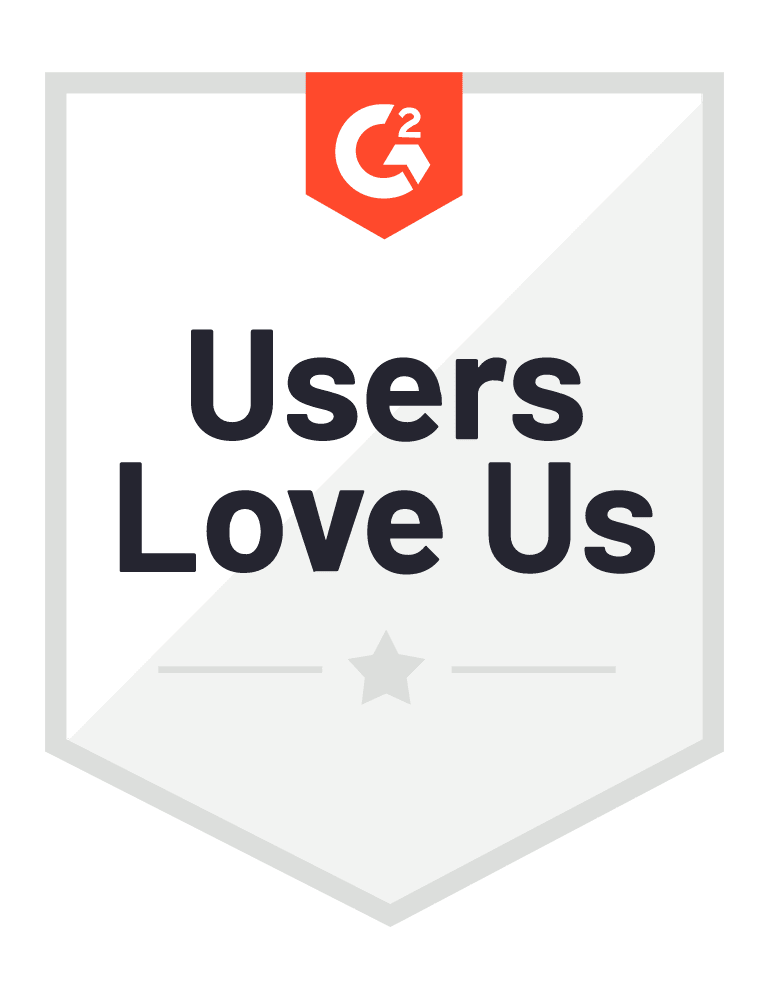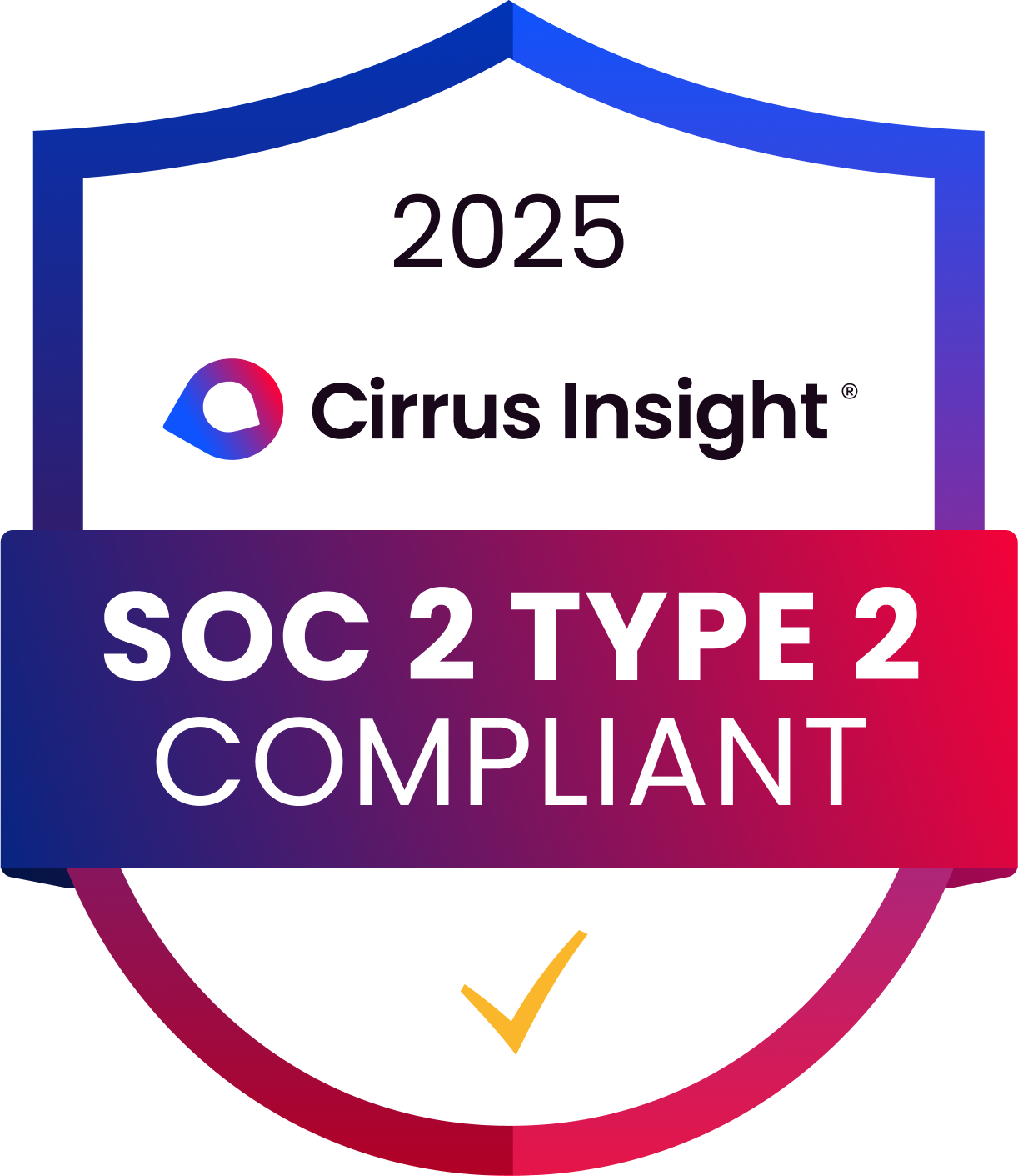- Solutions
-
Products
-
Resources
Sales Automation Tools | Cirrus Insight by Kristi Campbell View all Blog Posts >Get the App, Get the Sidebar, & Get Your Trial Going HereUnleash limitless growth opportunities by partnering with Cirrus Insight.
- Pricing
9 Trust-Enhancing Strategies for a Winning First Sales Call
First impressions can make or break a deal, and as a sales leader, you know that personalization is key. Imagine your best salesperson calling a high-potential prospect, ready to engage—but if they skip the crucial step of researching the prospect's unique challenges, they might end up asking generic questions that fall flat. This not only squanders their chance to connect but also leaves the prospect wondering if they’re just another name on a list. To foster meaningful relationships, encourage your team to invest time in understanding their prospects; it’s this preparation that transforms a simple call into an impactful conversation.
This article explores how sales reps may unknowingly undermine their own credibility, and offers 9 actionable strategies to bridge the trust gap.
The trust deficit
In today's digital age, the balance of power in sales has shifted dramatically. Buyers are more informed, cautious, and discerning than ever before, creating a trust deficit between them and the sales representative.
Research from Forrester's 2023 survey reveals that salespeople are the least trusted source of information among buyers. The majority of buyers now prefer to conduct their own independent research. This shift towards self-directed information gathering is indicative of a more skeptical buyer, raising the bar for sales professionals to demonstrate value and build trust from the first interaction.
Here are some common mistakes to avoid when first meeting with your prospect:
- Pushing for a quick sale without understanding the buyer's timeline
- Failing to listen actively to the prospect's concerns
- Prematurely focusing on product features without grasping the prospect's unique needs
- Misrepresenting competitors or making unrealistic claims
- Being unreliable or inconsistent in follow-ups
Now, let's explore key research strategies to help you and your team prepare for a successful first call and establish credibility from the outset.
Redefining the Pre-Call Phase with 9 Actionable Trust-Building Strategies
1. Company Background
A comprehensive understanding of the prospect's industry and market position is crucial for sales representatives to tailor their approach effectively. This involves delving into recent news, press releases, and financial reports. Gaining insights into the company's size, structure, and key decision makers enables more personalized and relevant outreach.
Leveraging a tool like Meeting AI makes it easier for sales teams to gather key information about potential clients, such as company size, recent news, and key decision-makers—to prepare effectively for calls. Here are some examples of how this information can be used:
- Icebreakers. "I see that sustainability initiatives are becoming a major focus in your industry. How is your company adapting to these changes?"
- Tailored solutions. "Based on your company's size and industry, I've prepared a demo that showcases how our platform can specifically address your need for real-time inventory tracking across multiple locations."
.png?width=650&height=510&name=meetingai%20-%20chat-summarize%20(1).png)
2. Digital Footprint Analysis
Analyzing the prospect's digital presence provides a clearer picture of their priorities and challenges. Encourage your sales team to check their prospect’s website for key messaging, review social media engagement, online reviews, and customer feedback. This way, they can tailor the initial conversation to resonate more deeply with their current needs.
Here are some specific areas for your sales team to examine and how they can use these insights, with example talking points:
- Website content: Have your team pay special attention to customer success stories posted on the company website, as these provide valuable insights into the company's achievements and goals for their clients. This research demonstrates genuine interest in the prospect's business and opens the door to more detailed discussions about their challenges and objectives. For example:
- "I was intrigued by your case study with [client name]. Are you looking to achieve similar results in [specific area] for other clients? I'd love to hear more about the challenges you typically encounter when implementing such solutions."
- Social media engagement: Encourage your team to use this information to create relevant talking points and show genuine interest in the prospect's business. For example:
- "I saw your recent LinkedIn post about expanding into the Asian market. Congratulations! Our platform has helped several companies navigate international expansion.
- Online reviews: Train your team to identify common pain points and areas where the prospect's customers are seeking improvements. This information can be used to tailor the sales pitch to address specific needs. For example:
- "I've noticed in your recent customer reviews that many users are requesting a mobile app for your service. Our solution includes a white-label mobile app that can be customized to your brand. Would you be interested in seeing how this could address your customers' feedback?"
- News articles or press releases: Instruct your team to look for information about product launches, acquisitions, or partnerships that can signal growth initiatives or challenges the prospect is navigating. For example:
- "I saw the press release about your recent acquisition—congratulations! We’ve helped businesses in similar situations streamline integration processes. Could this be an area where you might need support?"
3. Uncovering areas of opportunity
Knowing the prospects' competitors, their unique selling propositions (USPs), and industry trends can help your sales reps tailor the conversation to pinpoint areas of business opportunities that your sales team can then help solve. Here are some methods to guide your team:
- Competitor analysis: Train your team to provide insight into how competitors stack up in the market. They can then highlight areas where your solution can help prospects outperform. For example:
- "I noticed that your main competitor, Company X, recently launched a new feature for real-time inventory tracking. How has this impacted your operations?"
- Unique selling propositions (USPs): Every company has a unique selling point, but not every company can define theirs clearly. From our experience, when prospects articulate their value proposition, it often uncovers areas where your solution can enhance or support their USP. This dialogue allows your team to tailor their pitch, showing how your offering complements and amplifies the prospect's unique strengths. For example:
- "While other companies in your space focus on speed, I see that your USP is precision. How are you currently communicating this differentiator to potential customers?
- Industry trends: It's also crucial to ensure your team is well-versed in addressing current industry trends when engaging with prospects. This approach demonstrates your company's awareness of the prospect's business context and positions your solution as a tool to keep them ahead of the curve. For example:
- "With the increasing focus on sustainability in your industry, how is your company adapting its packaging strategies to meet these new expectations?"
4. Individual Decision-Maker Research
Guide your sales reps to do some research on the decision-maker’s professional backgrounds and online activity to find shared connections or interests. Places like their professional social media and published content, shared connections, or mutual interests are good reference points for making connections and selling themselves confidently. Here are simple places online where your teams can gather this intel:
- Social media profiles: Review LinkedIn or X (formerly known as Twitter) activity to find conversation starters and shared interests. For example:
- "I noticed your recent LinkedIn post about attending the AI conference. Our company just implemented an innovative AI-driven solution - I'd love to hear your thoughts on how it compares to what you saw at the conference."
- Published content: If they've authored articles or blog posts, mention their ideas to demonstrate familiarity with their work. For example:
- "I read your insightful article on supply chain innovation. Our platform aligns closely with the optimization strategies you discussed - I'd be eager to explore how it could benefit your specific operations."
- Shared connections: Leverage mutual connections to establish trust early in the conversation. For example:
- "I noticed we both know Jane Doe. She speaks highly of your work—I'd love to explore how we can collaborate as well."
- Professional background: Understand their career path and previous roles to align your pitch with their professional experience.
- "With your extensive experience in operations, I think you'd appreciate the efficiency our solution brings to complex workflows."
By tailoring your outreach with this personalized information, you can build credibility and engage decision-makers more effectively.
5. Stakeholder Mapping
Different stakeholders have different priorities. In a SaaS sale for example, understanding the specific concerns of key stakeholders, such as the VP of IT's focus on system integration and security or the CFO's emphasis on cost and ROI, allows sales reps to tailor their approach and address each decision-maker's unique priorities effectively.
It’s also important to find out early on in the sales cycle who influences the buying decision. To uncover different stakeholders' roles your sales reps might ask, "Aside from you, who else is typically involved in making purchasing decisions like this?" You might also use tools like Meeting AI to gather information on the company structure and identify potential decision makers and influencers in the buying process. Here's how some of our reps use Meeting AI today:
- "I use Meeting AI so that I am prepared for my first time calls! When I see a demo booked on my calendar I generate research to understand the industry, competitive landscape and who their executives are in order to go in and tailor my pitch to their needs and connect with the decision making."
- "I use Meeting AI daily to gather key information on my prospects and their respective industries, prior to my first call. The weekly dashboard allows me to drill into recent company news, their vision, and also provides background information on the individual I am meeting with. All of this information helps me to better navigate our call, and establish a strong working relationship with my prospect from the jump. MAI is especially helpful on those days I'm in back to back calls, and might not have the time to scour the internet!"
.png?width=650&height=496&name=meetingai-Sidebar%20(8).png)
6. Communication Preferences
Guiding your sales team to honor your prospect's preferred communication channels—whether it be email, phone, or social media—as well as their communication style—formal or informal—can greatly enhance the quality of their interactions. Coach sales members to conduct some research to gain insights. For instance, if a prospect is highly active on LinkedIn, sending a direct message may yield a more positive response than a traditional email.
7. Pain Point and Needs Analysis
To effectively demonstrate the value of your solution, it's crucial to pinpoint both industry-wide and company-specific challenges. This approach allows you to tailor your pitch and showcase how your offering addresses their unique needs. Consider the following key questions — if you answer yes, this is a value that your sales reps can highlight in their conversation.
- Do we sell to this industry already?
- Do we sell to their competitors?
- Do we understand their specific challenges as a buyer?
- Do we know what business case they need to pitch to leadership to onboard our solution?
Let’s look at a real-world example that illustrates what a sales rep might say to demonstrate their expertise and understanding of the healthcare industry.
"Our company has been partnering with healthcare providers like yours for over a decade, helping them navigate the intricate landscape of patient data privacy regulations. We understand the critical importance of HIPAA compliance and have developed solutions specifically designed to address these challenges."
By showcasing this industry-specific knowledge, the sales rep can position themselves as a knowledgeable partner rather than just another vendor, thereby increasing your credibility and the perceived value of your solution.
8. Customized Value Proposition Development
Align your offering with the prospect’s needs. How? By crafting a tailored elevator pitch based on the research you have done. Gathering relevant case studies and success stories will make an even better first impression.
For example, if you know a prospect values automation, you might prepare a success story showing how your solution reduced manual work for a previous client with a similar need.
9. Pre-Call Strategy Formulation
A well-planned strategy for the first sales call is essential to build trust and set the stage for success. Setting clear objectives, preparing thoughtful questions, and anticipating objections will help guide the conversation toward a productive outcome.
Before the call, we suggest that sales reps prepare two or three thought-provoking questions about the prospect’s current process to guide the conversation toward your solution.
Build Sales Trust With the Right Strategy and Technology
While soft skills like active listening, empathy, and clear communication are essential to developing meaningful relationships, the right tools can enhance trust-building efforts by providing timely insights that show prospects that your sales teams understand their needs.
At Cirrus Insight, we offer a range of email and CRM tools designed to help your sales team work smarter. Our solutions make it easier to keep track of customer information, respond quickly to prospects, and prepare for meetings—all from your inbox. Start a free trial.
Tired of Endless Prep Time? Meet Meet Meeting AI from Cirrus Insight.
This powerful tool automates prospect research, giving you key insights before that all critical first call with a prospect.
.png?width=345&name=meetingai%20-%20view%20(1).png)

.png?width=1268&height=1772&name=Sidebar-C%20(1).png)



